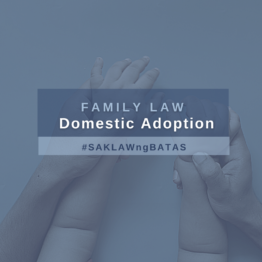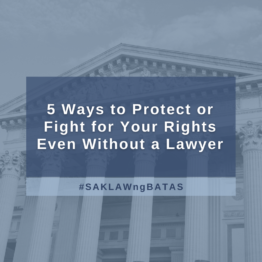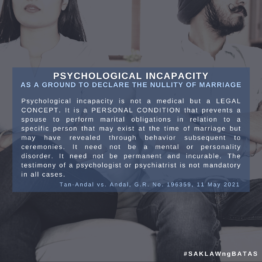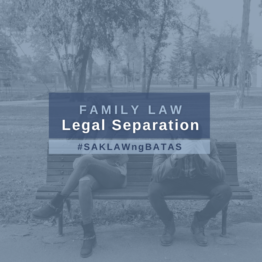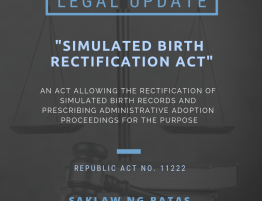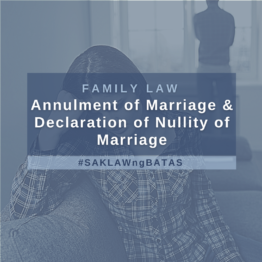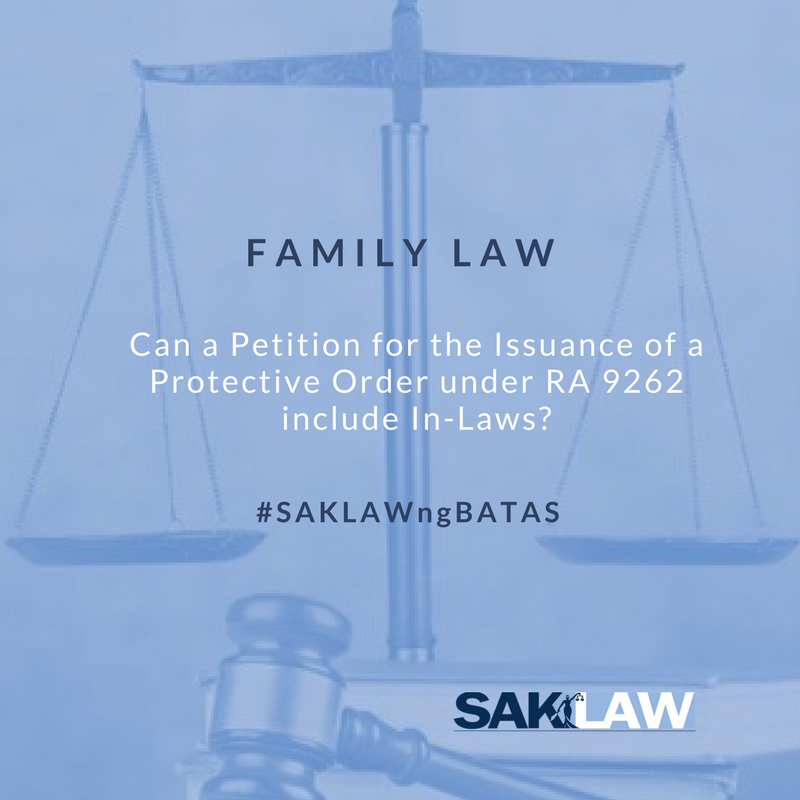
While Section 3 of R.A. No. 9262 (the “Anti-Violence Against Women and Their Children Act of 2004”) provides that the offender be related or connected to the victim by marriage, former marriage, or a sexual or dating relationship, it does not preclude the application of the principle of conspiracy under the RPC. Section 47 of R.A. No. 9262 expressly provides for the suppletory application of the RPC. In conspiracy, the act of one is the act of all the conspirators, and the precise extent or modality of participation of each of them becomes secondary, since all the conspirators are principals. In this instance, Ricardo and his parents may be considered as co-conspirators.
Moreover, Section 5(h) of R.A. No. 9262 expressly recognizes that the acts of violence against women and their children may be committed by an offender by means of “engaging in purposeful, knowing, or reckless conduct, personally or through another, that alarms or causes substantial emotional or psychological distress to the woman or her child.”
In addition, Section 8 provides that the protection order that may be issued for the purpose of preventing further acts of violence against the woman or her child may include the “prohibition of the respondent from threatening to commit or committing, personally or through another, any of the acts mentioned in Section 5 of this Act.”
Finally, Section 4 of R.A. No. 9262 calls for a liberal construction of the law to promote the protection and safety of victims of violence against women and their children.
Therefore, a Protection Order is available not only against the offender who is related to the victim by marriage, a former marriage, or a dating or sexual relationship. It may also include other persons, such as in-laws, who are acting in conspiracy with the offender, or those through whom such person commits acts of violence. This is in consonance with the objective of the law to protect women and children against violence.

